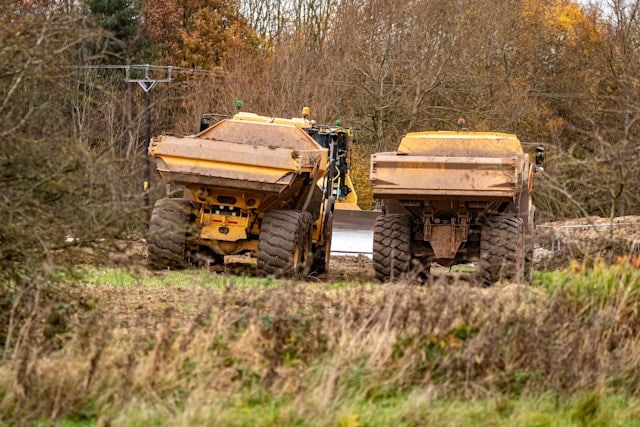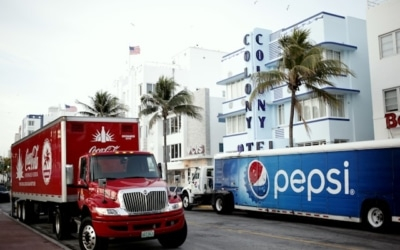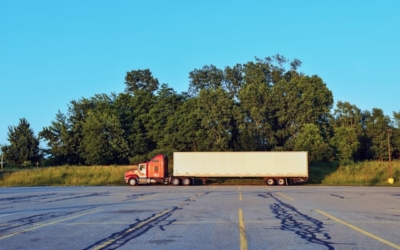Fleet Management Best Practices for Construction Firms
Managing a construction fleet is a different beast compared with standard delivery or passenger operations. As a fleet manager you juggle heavy plant, vans, trucks and sometimes specialist kit across changing sites, tight schedules and safety-critical environments. This guide lays out practical, high-impact practices that help you reduce downtime, cut costs and keep your teams safe — all while making your Fleet Management processes easier to run day to day.
Throughout the article you’ll find concrete steps for planning, procurement, maintenance and tech integration, plus links to deeper reads so you can act fast. If you’re ready to see these ideas in action, there’s an easy way to Book demo with Traknova — more on that midway through.
Strategic Fleet Planning and Policy
Define fleet goals and KPIs
Start with measurable objectives. Track utilisation, downtime, cost per mile (or hour for plant), and availability by site. Use those KPIs to prioritise purchases and maintenance budgets. When everyone understands the targets — from the depot team to project managers on site — decisions become faster and less political.
Fleet sizing and vehicle mix
Right-size your fleet to match project pipelines and seasonal peaks. That might mean fewer long-haul vans but more local tipper trucks during heavy groundwork. Consider versatile assets that can serve multiple sites, and keep a small buffer pool of hire vehicles for sudden demand.
Written fleet policies
Put clear rules in writing: authorised drivers, use of company fuel cards, out-of-hours movements, and incident reporting. Policies reduce ambiguity — and when combined with consistent enforcement they cut unauthorised vehicle use and hidden costs.
Vehicle Selection, Procurement, and Lifecycle Management
Choosing the right equipment
For construction, durability and payload matter more than shiny extras. Assess vehicles for load capacity, towing ability, accessibility on uneven sites and aftercare from the manufacturer. Buying the cheapest unit up front often costs more in repairs and downtime.
Procurement strategies and vendor management
Negotiate using total cost of ownership (TCO) — factor in tyres, servicing, downtime and resale. Build strategic relationships with dealers and rental partners; framework agreements can secure priority service during busy seasons and better trade-in values.
Lifecycle planning and replacement triggers
Define clear replacement criteria: age, hours, repair frequency and escalating cost-per-hour. Track residual values so replacements happen before repair costs spike. A planned, predictable fleet turnover improves reliability and helps when pitching budgets to directors.
Preventive Maintenance and Inspection Programs
Scheduled maintenance plans
Move away from reactive repairs. Scheduled servicing based on hours and manufacturer guidance reduces catastrophic failures and keeps your small teams productive. For plant and heavy kit, align maintenance windows with site shutdowns to minimise impact.
Daily pre-shift inspections and checklists
Standardise quick pre-start checks for brakes, tyres, lights, hydraulics and safety equipment. Digital checklists on tablets or phones reduce paperwork and create an auditable trail — ideal when dealing with multiple subcontractors and rotating crews.
Maintenance tracking and analytics
Use software to log repairs, flag recurring faults and calculate mean time between failures. Predictive data helps you reorder parts, schedule technicians and spot problem vehicles before they fail on site. For further reading on reducing downtime, see Predictive Maintenance for Fleets.
Safety, Training, and Compliance
Driver/operator training and certification
Invest in equipment-specific training and refresher courses. Keep records of licences and certifications centrally so you never deploy unqualified operators. Trained operators are safer and far less likely to cause costly damage on site.
Site-specific safety protocols
Coordinate vehicle movement plans for each jobsite: routes, loading zones and exclusion areas. Use spotters and clear signage for reversing operations. These small controls prevent serious incidents and keep projects moving.
Regulatory and environmental compliance
Stay on top of OSHA/DOT-equivalent rules, emissions limits and hazardous-material handling. Compliance avoids fines and keeps clients confident in your operations — and it’s increasingly important for public-sector contracts that insist on documented green and safety practices.
Telematics, Technology Integration, and Data-Driven Decisions
GPS tracking and geofencing
Leverage Tracking and geofence alerts to monitor assets across busy sites, deter unauthorised off-site use and ensure vehicles are at the right place at the right time. Geofencing also helps with theft recovery on high-value plant.
Fuel management and utilisation analytics
Plug fuel cards into telematics to measure idling, inefficient routing and potential fuel misuse. Small gains in fuel efficiency compound quickly across a construction programme and reduce your overall Fleet Management cost base.
Fleet management software and reporting
Centralise maintenance records, compliance documents and asset registers in a single system so scheduling, audits and procurement decisions are simple. If you haven’t started yet, now’s the time — software pays for itself through fewer breakdowns and better utilisation. For a practical playbook, check the Telematics Adoption Playbook for Fleet Managers.
If you want to see how this looks in your depot, you can Book demo with Traknova — they’ll tailor a walkthrough for construction fleets and show ROI projections based on your data.
Conclusion
Construction fleets demand a blend of pragmatic planning, rigorous maintenance and smart technology. By defining clear KPIs, selecting the right vehicles, maintaining disciplined inspections, training teams and adopting telematics you’ll see tangible improvements in uptime, safety and cost control. Make small, repeatable changes — and measure their impact.
FAQs
How often should construction vehicles be serviced?
Follow manufacturer intervals based on hours/mileage, but add more frequent checks for high-stress operations. A blended approach (scheduled servicing plus daily inspections) works best.
What telematics features are most useful for construction fleets?
Prioritise Tracking, geofencing, engine fault alerts and fuel integration. Dashcam solutions can add a layer of safety evidence — learn more about Dash Cameras.
How do I measure ROI from fleet software?
Compare baseline costs (downtime, fuel, repairs) against improvements in utilisation and maintenance savings. For a stepwise guide, see our Telematics ROI: Step-by-Step Guide for Fleet Managers.
Can telematics help with compliance?
Yes — centralised records, driver hours, inspection logs and real-time alerts make audits much simpler and reduce exposure to regulatory penalties.
Ready to take the next step? Book a demo or consultation with Traknova and see how the recommendations above work with your fleet. Book demo or Contact us to arrange a tailored walkthrough.
We’d love your feedback — did you find these tips useful? Share this post on social media to help other fleet managers, and leave a comment below with one practice you’d recommend to peers. What’s the single change that saved you the most time or money this year?










